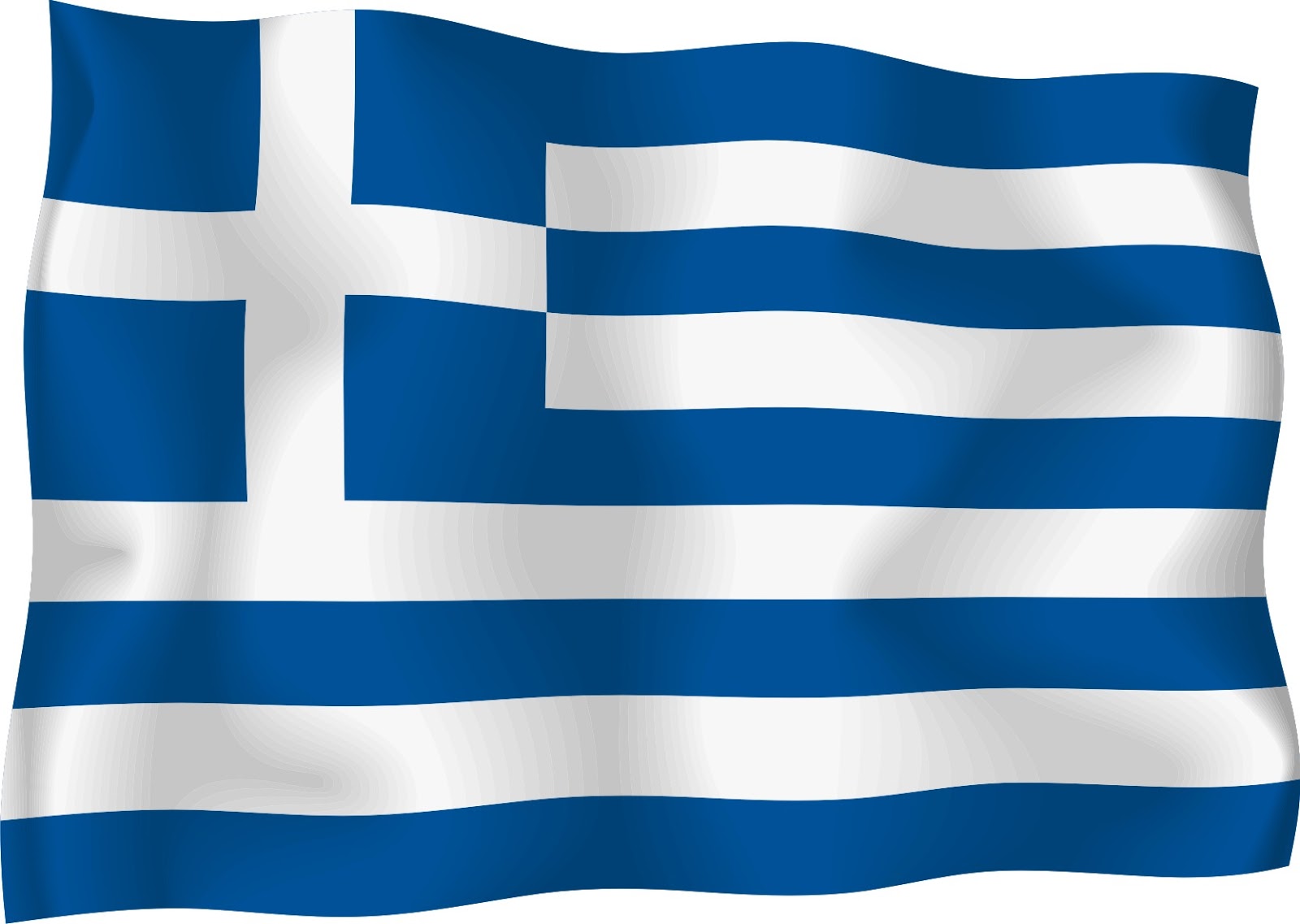When it comes to national identity, flags play a crucial role in representing the values, history, and culture of a country. Among the numerous flags in the world, those that feature a white cross are particularly interesting due to their rich symbolism and unique designs. This article delves into various country flags that incorporate a white cross, exploring their meanings, historical contexts, and cultural significance.
In this comprehensive guide, we will examine the flags of countries such as Switzerland, Finland, and England, each of which prominently features a white cross. Understanding these flags allows us to appreciate the diversity and history they represent. Additionally, we will discuss the common themes associated with the use of white crosses in heraldry and vexillology.
By the end of this article, readers will have a deeper understanding of the significance behind country flags with white crosses, as well as an appreciation for the intricate designs that convey powerful messages of identity and pride.
Table of Contents
- 1. The Flag of Switzerland
- 2. The Flag of Finland
- 3. The Flag of England
- 4. Common Symbolism of White Crosses in Flags
- 5. Historical Context of White Cross Flags
- 6. Cultural Significance of White Crosses
- 7. Design Variations and Unique Features
- 8. Conclusion
1. The Flag of Switzerland
The flag of Switzerland is one of the most recognizable flags featuring a white cross. It consists of a red background with a bold white cross in the center. This design has deep historical roots and symbolizes peace and neutrality.
1.1 History of the Swiss Flag
The origins of the Swiss flag can be traced back to the 13th century, when it was first used in battle. The white cross symbolizes Christ, and the red background represents the blood of martyrs. Switzerland’s commitment to neutrality is also reflected in its flag, making it a beacon of peace in a tumultuous world.
1.2 Symbolism in Modern Context
Today, the Swiss flag is not only a symbol of national pride but also represents values such as humanitarianism and democracy. The Swiss Red Cross, for example, uses the inverted colors of the national flag to signify its commitment to aiding those in need.
2. The Flag of Finland
Finland's flag, known as the "Siniristilippu" or "Blue Cross Flag," features a blue Nordic cross on a white background. The blue represents the skies and lakes of Finland, while the white symbolizes the snow that blankets the country during winter.
2.1 Historical Background
The design of the Finnish flag was officially adopted in 1918, following Finland's independence from Russia. The Nordic cross design is inspired by other Scandinavian flags and reflects Finland's cultural ties to its Nordic neighbors.
2.2 Cultural Significance
In Finnish culture, the flag is a symbol of national pride and unity. It is flown on national holidays and during special events, reminding citizens of their shared history and identity.
3. The Flag of England
The flag of England, known as the "St. George's Cross," features a red cross on a white background. This flag dates back to the Middle Ages and has strong connections to the patron saint of England, St. George.
3.1 Historical Context
The St. George's Cross was adopted as the national flag of England in the 13th century and has been used in various military and maritime contexts. It symbolizes bravery and chivalry, and it remains an emblem of English identity.
3.2 Contemporary Use
Today, the flag is used widely during national celebrations, sporting events, and cultural festivals. It serves as a reminder of England's rich heritage and the values associated with St. George.
4. Common Symbolism of White Crosses in Flags
White crosses in flags often symbolize faith, purity, and hope. These symbols are deeply rooted in religious beliefs, particularly Christianity, where the cross represents the sacrifice of Jesus Christ.
- Faith and Spirituality: The white cross is a universal symbol of faith, often representing Christian values.
- Peace and Neutrality: Many countries, such as Switzerland, use the white cross to convey messages of peace and neutrality.
- Unity and Identity: Flags featuring a white cross often evoke a sense of unity among citizens and a strong national identity.
5. Historical Context of White Cross Flags
The use of crosses in flags dates back to ancient times, with numerous cultures adopting this symbol to convey various meanings. Notably, the white cross has been utilized in heraldry to signify nobility and valor.
6. Cultural Significance of White Crosses
The cultural significance of white crosses in flags extends beyond mere symbolism. They often serve as a source of inspiration for national pride and unity, as demonstrated in the flags of Switzerland, Finland, and England.
7. Design Variations and Unique Features
While many flags feature a white cross, the design variations set them apart. Factors such as color, shape, and the background can significantly alter the flag's meaning and representation. Here are some notable examples:
- Switzerland: Square shape, red background.
- Finland: Rectangular shape, blue cross.
- England: Rectangular shape, red cross.
8. Conclusion
In conclusion, country flags featuring a white cross hold significant meaning and historical importance. From Switzerland to Finland and England, these flags symbolize values such as faith, peace, and unity. Understanding the symbolism behind these flags fosters a deeper appreciation for national identities and cultural heritage.
We encourage readers to share their thoughts in the comments below, explore other articles on our site, and learn more about the fascinating world of flags and their meanings.
Thank you for joining us on this exploration of country flags with a white cross. We hope to see you back soon for more insightful content!
Where Did Peyton Manning Live? A Journey Through The Life Of An NFL Legend
Haircuts For Fat Faces Men: The Ultimate Guide To Flattering Styles
Russell Wilson Net Worth: A Comprehensive Guide To His Wealth And Success


